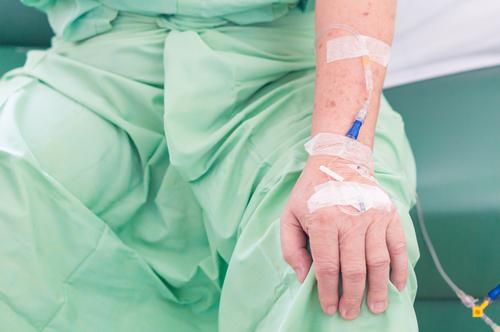
A coordinated approach of remission induction therapy, followed by haematopoietic cell transplant (HCT) when feasible, may improve the survival of elderly patients with acute myeloid leukaemia (AML), suggests a recent study.
To better understand “real-world” outcomes, the authors evaluated a total of 323 consecutive AML patients aged ≥60 years (median age, 70 years; 60–88 years) referred from 2009 to 2017, of whom 48 (15 percent) had favourable risk, 112 (35 percent had intermediate risk, and 161 (50 percent) had poor risk. All but 61 (19 percent) patients received remission induction therapy, either intensive chemotherapy (IC; n=205) or hypomethylating agents (HMA; n=57).
Median follow-up was 34 months. The entire cohort had a 2-year overall survival of 31 percent: 40 percent and 33 percent for IC- and HMA-treated patients, respectively, compared with 0 percent for untreated patients. Early mortality had a rate of 14 percent. Sixty percent of patients achieved remission, with about half of them surviving for 2 years.
Out of 118 patients eligible for transplant (aged 60–75 years; intermediate/poor risk; achieving remission), 54 (46 percent) underwent HCT. Transplanted patients had improved 2- and 3-year postremission survival of 59 percent and 40 percent compared to 26 percent and 18 percent in those not receiving HCT, respectively (hazard ratio, 0.59, 95 percent CI, 0.37–0.93; p=0.023).
“Due to perceived intolerance, many elderly AML patients do not receive therapy, and few are considered for HCT,” the authors said.